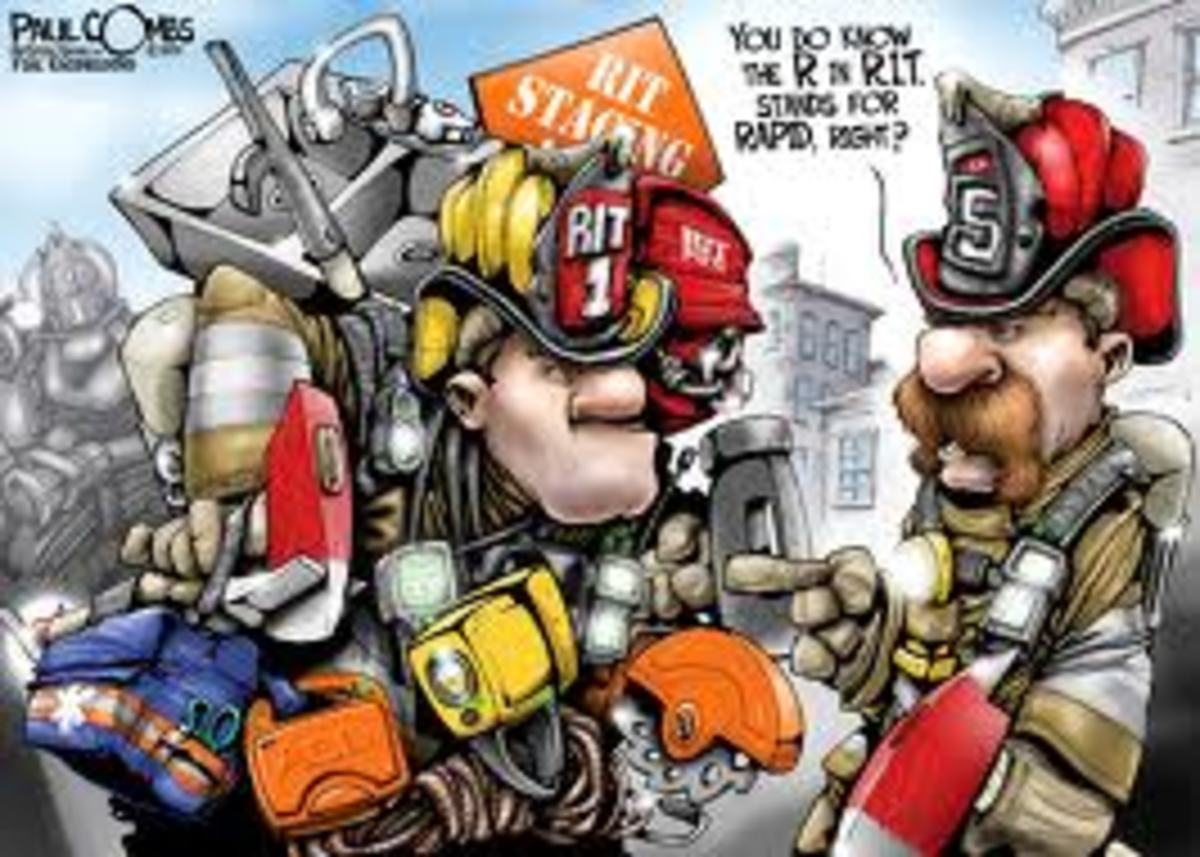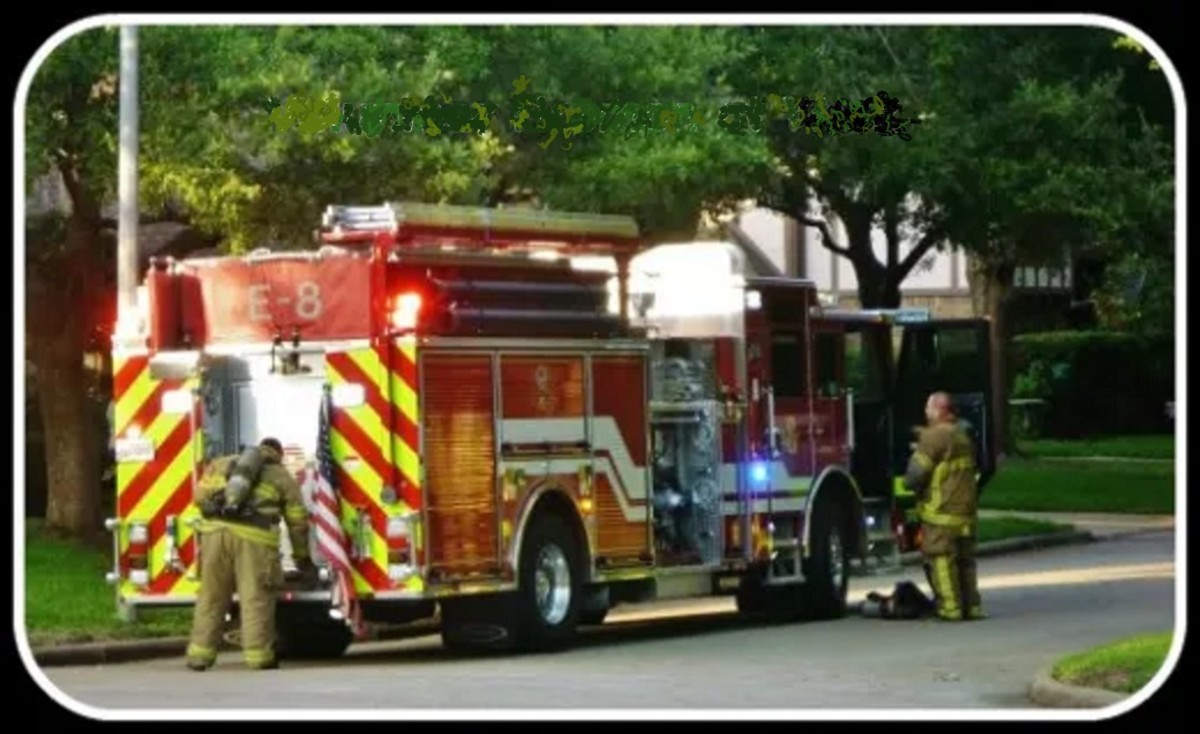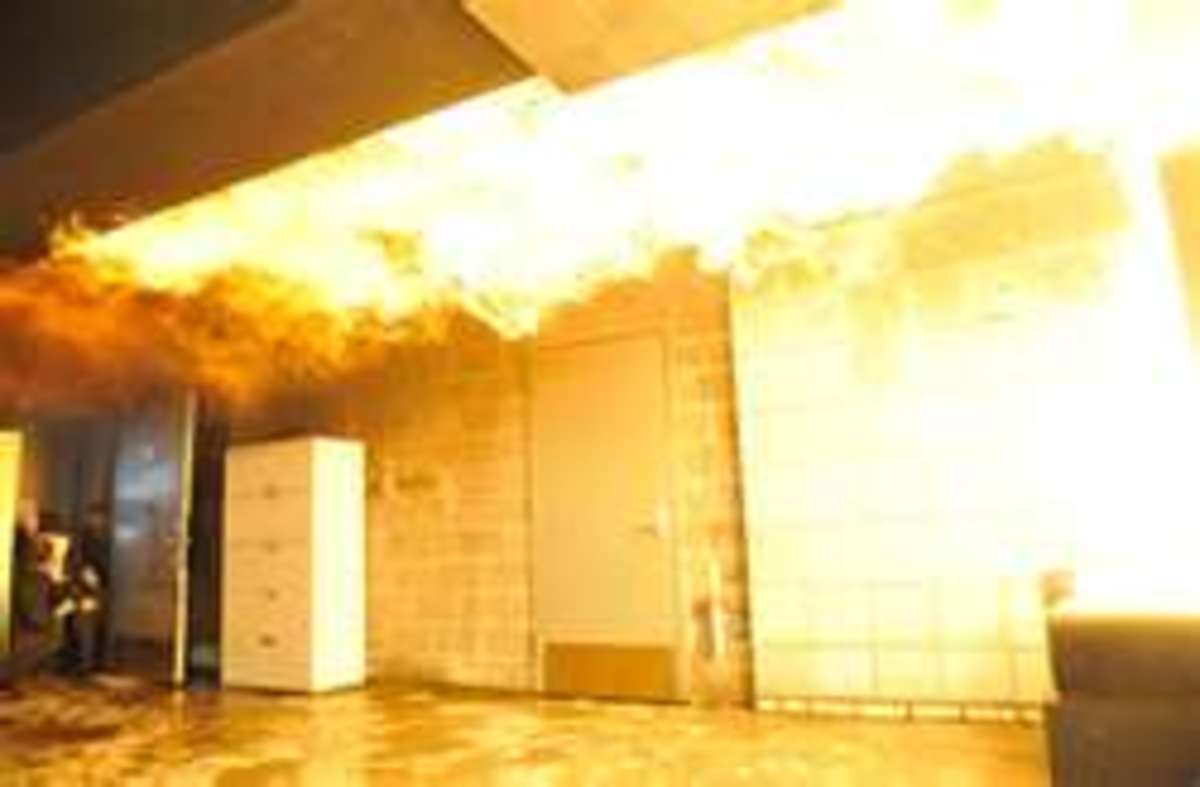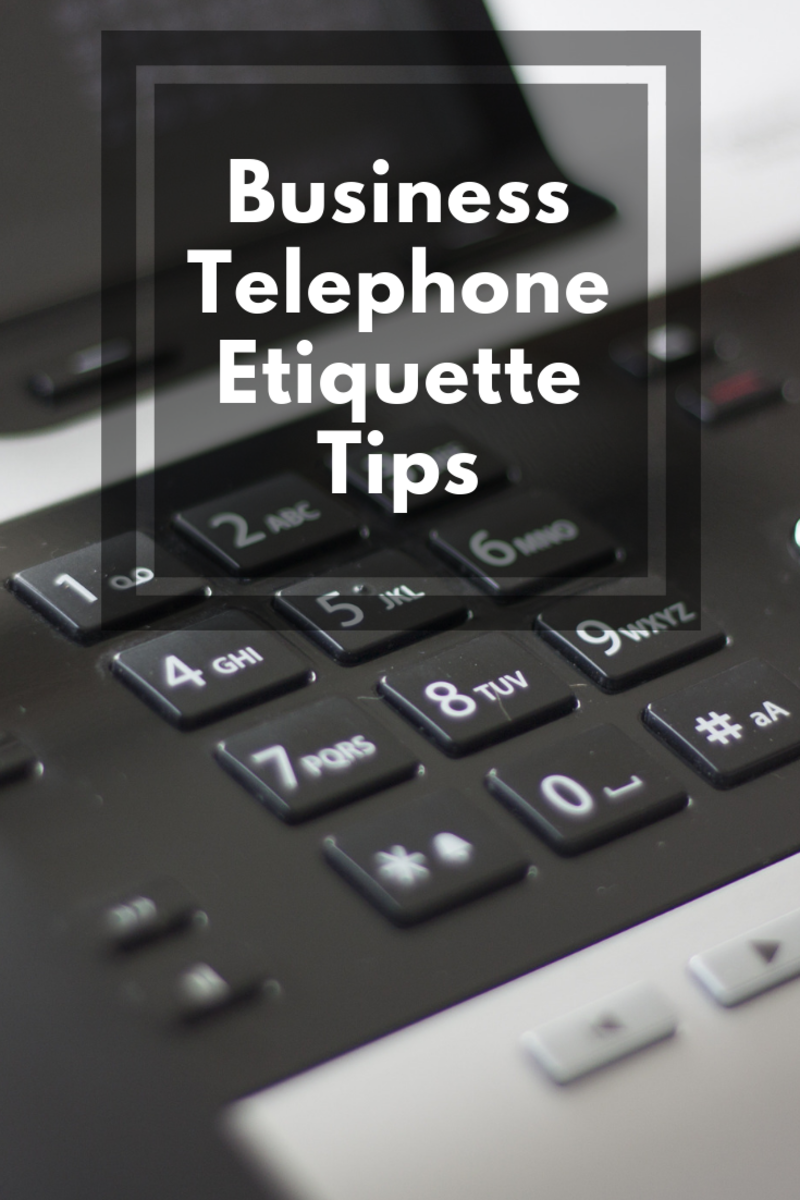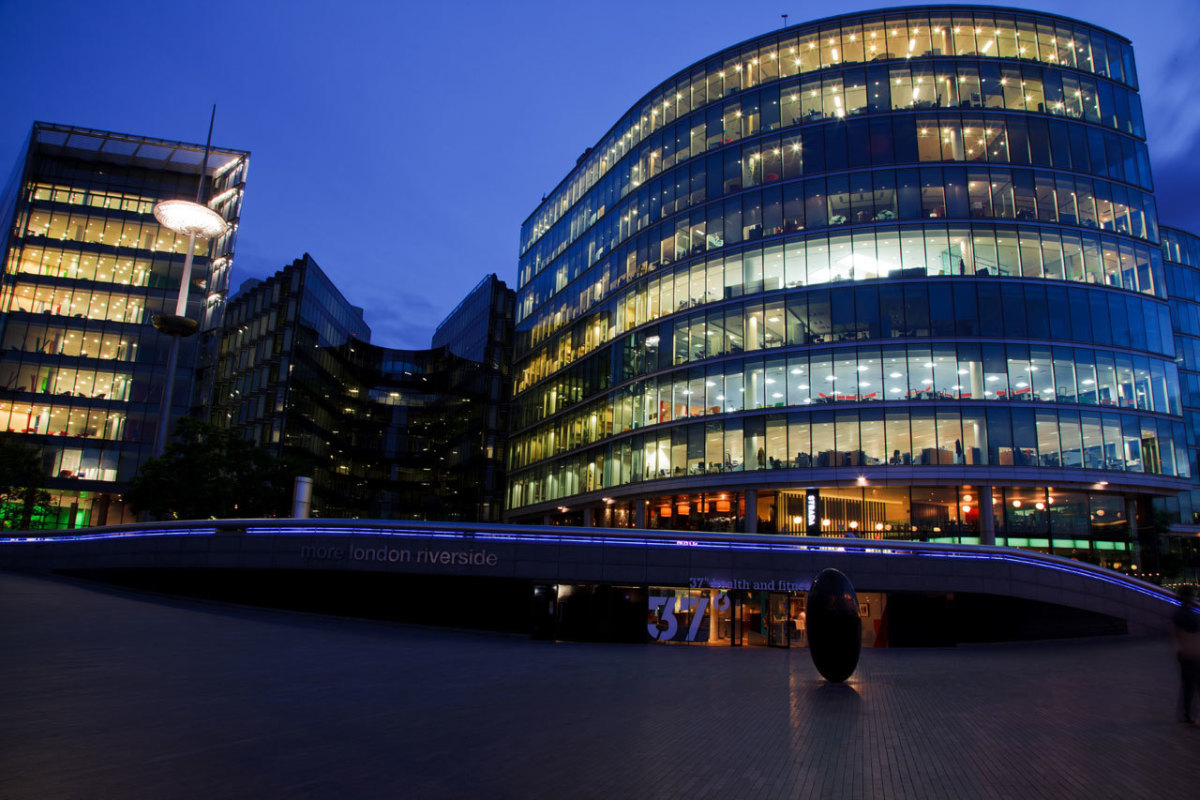Our First Responders and Domestic Defenders: Firefighters

Greater love hath no man than this, that a man lay down his life for his
friends. ~John 15:13 (Bible, KJV)
Our Mission Statement
CARE about the people we serve
PREPARE through training and education
PREVENT loss and minimize suffering
RESPOND as a professional team
RESTORE balance to our community
Source: West Palm Beach Fire Rescue Team, Unit 7
A small red flame burst forth from the toaster and quickly climbed the kitchen curtain to embrace the ceiling fan blades circling above. The young mother grabbed a towel and swatted at the flames but they paid little heed to her efforts. Hungrily, they licked at the wood cabinets and burned brighter. Now, smoke curled over the sink and began to fill the room.
Dropping the towel, while shouting to her children to follow her outside, she snatched her cell and dialed 9-1-1. Within minutes, a massive red truck with sirens wailing pulled up and into the driveway. The first responders unit went into action. This day, a home and family was saved; thanks to the quick response and skills of the community firefighting team.
What is a firefighter?
—You might be a firefighter if your kids are afraid to get into a water fight with you.
—Author unknown
You might be a firefighter if you've ever smoked and there wasn't a cigarette in sight.
—Author unknown
You might be a firefighter if "climbing the corporate ladder" had nothing to do with career advancement —Author unknown
You might be a firefighter if the microwave goes off and you run out of the house thinking it was your pager. –Author unknown
All men are created equal, then a few become firemen. —Author unknown

Take a Quiz (Source: FEMA.gov, 2004)
view quiz statisticsThe Role of Firefighters
October is Fire Safety Month and across the nation many communities will get a first hand look through station tours at what it takes to meet the needs of a community when it comes to safety. Many of us have little knowledge of the requirements it takes to become a firefighter. And we do not realize putting out fires is not the only responsibility they perform for the general population.
A firefighter is called upon to put out fires of different nature; for example, forest, fuel or structure. In addition to this he or she may handle crisis situations such as helping trapped individuals in an accident, search and rescue, medical calls, or environmental issues such as an invasion of bees. They also conduct first aid classes and provide CPR training. Many of our schools host fire departments during this month to demonstrate prevention techniques, display fire trucks and equipment, and encourage a community spirit.
Additionally, the fire department inspects sprinkler systems, fire extinguishers and safety hazards in companies and other business structures. They offer classes on home fire safety and safety hazards, as well as carry out active public relations work.
What do firefighters do when there are no fires in the community? Between emergencies, they may work on vehicle maintenance, clean and repair gear, work on physical fitness (a must for keeping in shape and at top performance), update pre-fireplans, and run through drills. And of course, cooking is a necessary past-time to refuel and keep the body healthy.
The role of a firefighter encompasses many professions, he or she may be called upon to act as a social worker, psychologist, teacher, police officer, mechanic, or technician at any time in the line of daily performance. When a person dials 9-1-1 they may require services out of the ordinary such as unlocking a car, fixing a broken water pipe, or getting the family cat down from a tree. No matter what time of day it is, our firefighters are fully prepared to come to the rescue.
A Word From Lieutenant Troy T. Schurter
What is the cost?
Did you know that the cost of fire in the US is over 165 billion each year? (source: fema.gov) This cost includes fire prevention, cost of training, insurance and medical care. It is quite a huge figure, but it has decreased over the years due to education of the general population. The National Fire Protection Association (NFPA) and the United States Fire Administration (USFA) have done a tremendous job of informing citizens on the importance of fire safety in the home. According to Operations Lieutenant, Troy T. Schurter, of the West Palm Beach Fire Department, kitchen fires are the most common occurrence when called to extinguish a fire. In 2011 alone, there were over 166 thousand home cooking fires, and two of every five home fires start in the kitchen. Most were due to leaving the stove unattended and ignition of food or material. (source: nfpa.org)
The following table exhibits what people can do to increase home safety.
Safety Checklist for Homes
Home Safety
| Smoke Alarms
| Fire Escape
|
|---|---|---|
Adult supervision of cooking in the kitchen at all times
| Ensure there is a working smoke alarm on every floor/level of home
| Design and post a fire escape plan for your home
|
People who smoke must do so outside of the home
| Install smoke alarms outside of every bedroom
| Plan for two exits from your home
|
Matches and lighters must be up and away from children
| Test smoke alarms monthly; ensure the sound is loud enough to awake sleeping people
| Practice fire drills and know what to do when the alarm sounds
|
Space heaters must be at least 3 feet from walls, furniture, flammable material
| Replace smoke alarms every 10 years
| Make sure all exits in the home are clear of toys, trash, etc.
|
Candles must be in a safe place, unreachable by children and blown out before leaving the room or going to bed
| Pick a meeting place for the family or residents outside the home after escaping a fire; practice twice yearly
| |
Teach children how to dial the fire department
| ||
Source: Fire Safety Checklist, NFPA 2005
|
Tour of Local Fire Unit 7, West Palm Beach, FL
Click thumbnail to view full-size











Rules of Engagement for Firefighter Survival
During our visit to the fire station, we asked our tour guide, Lieutenant Schurter, what his biggest concern was when called to fight a fire. Outside of getting people to safety, he feared losing one of his team members. They are a family and depend upon each other during these incidents. He said it only takes one slight error to cause a tragedy. Constant awareness of rules of engagement for survival are what keep units functioning together.
- Size up your tactical areas of operation
- Determine the occupant survival profile
- Extend VIGILANT and Measured risk to protect and rescue savable lives
- Go in together, stay together, come out together
- Maintain continuous awareness of your air supply, situation, location and fire conditions
- Constantly monitor fireground communications for critical radio reports
- Your are required to report unsafe practices or conditions that can harm you. Stop, evaluate and decide.
- Maintain frequent two-way communication, keep interior crews informed of changing conditions
- Declare a Mayday as soon as you THINK you are in danger.
(Source: Excerpts: West Palm Beach Fire Station 7, "I Want You To Stay Safe & Survive")
I for one do not envy the role a firefighter must play to keep us safe every day. They must maintain a positive mindset, remain strong and never quit. Their loved ones keep a prayer on their lips and a watch for their return at the end of the day. The next time you pull over for a firetruck, remember to pause and say a prayer for these hometown heroes.
© 2013 Dianna Mendez














